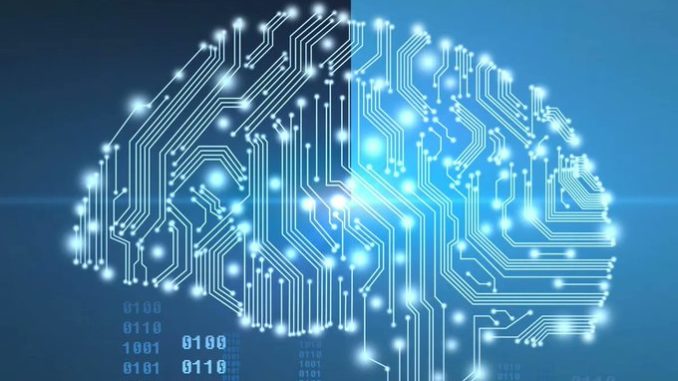
It’s Monday morning, and Paul opens one of several emails sent by his boss, Heather. Her email seems a bit unusual, asking Paul to rush to a nearby store to purchase $200 in gift certificates and send her the codes found in the cards right away. “This is weird,” thinks Paul. After some digging, he finds a typo in his boss’s email address and realizes that this is not really coming from Heather, a doubt which was confirmed by the company’s IT department shortly thereafter.
Paul avoided being robbed of $200 by this (today very common) phishing attack by exercising one of the most fundamental faculties of human thought: doubt.
When we think of human (or machine) perception and cognition, such as the one involved in reading and understanding an email, we envision an almost mechanical process beginning from the pixels of our screen and ending in a semantic interpretation of the text, such as, “My boss wants me to buy $200 in gift certificates.”
